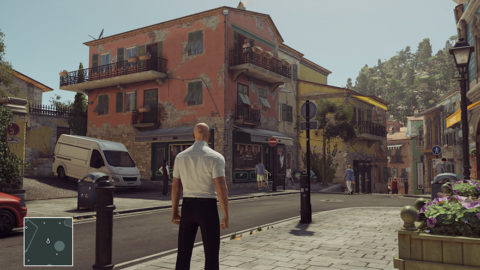
The problem with videogames that don’t trust their players
Imagine that you’ve started a new level in a game that sets the scene for endless opportunities. A new environment riddled with context clues that allow the player to consider their options on how to proceed—until an uninvited UI prompt coddles their decision-making and shatters the illusion of choice. This is the problem that Luis Antonio, creator of the upcoming Twelve Minutes, presents through his examination of the recently-released Hitman. His game is about creating a dynamic environment that responds to the player. The game is about a man who is trapped in a time loop of 12 minute intervals, where the…

